This is a simplified version of the Pasca, a Romanian traditional Easter bread filled with cheese and raisins. This bread is very popular in many European countries, especially in Eastern Europe.

Jump to:
What is Pasca
Romanian Pasca is a traditional Easter dessert that is popular in Romania and other parts of Eastern Europe.
It is a sweet pastry that is usually made with a rich, buttery dough and filled with a sweet cheese filling that is flavored with vanilla and lemon zest.
The dough for Pasca is typically made from flour, butter, sugar, eggs, and yeast, and it needs to be kneaded until it becomes smooth and elastic.
The cheese filling is also prepared separately by combining the fresh cheese with sugar, eggs, vanilla, and lemon zest.

The cheese filling can also be mixed with raisins or candied fruit, depending on the recipe.
Once the dough and filling are prepared, the pastry is assembled by rolling out the dough and placing it in a baking dish, adding the cheese filling, and then covering it with additional dough.
The pastry is then decorated with dough crosses or other designs before being baked in the oven.
Pasca is typically baked in a round or rectangular shape and is decorated with a cross or other Easter-themed symbols made out of dough.
It is often served alongside other traditional Easter dishes like cozonac, a sweet bread that is also popular in Romania.
Making Pasca, my way
(an easier dessert recipe that fits the purpose)
Because many of you might not have the time or skills to put together a bread like that, a shortcut for this recipe would be a great accomplishment for your Easter entertainment.
It is still a great centerpiece on the Easter table and a delicious dish to share with family and friends.

I struggled to name the recipe because it is not a real bread and certainly not a classic cheesecake or a pie.
It is one of these recipes that are made to satisfy the taste of that specific dish but with less work involved in the process.
Ingredients
The base of the dessert- the cake batter:
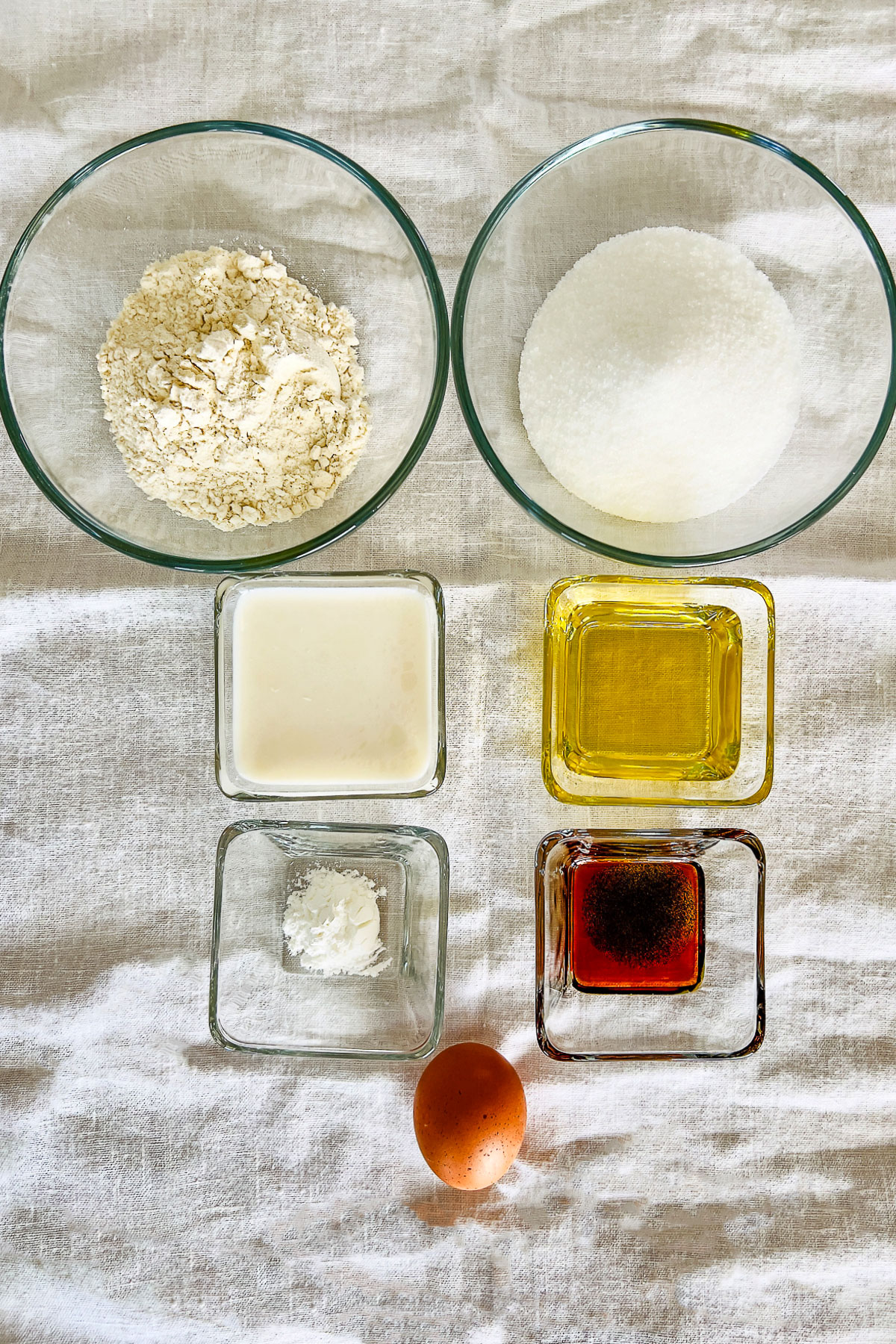
- 1 large egg
- 8 tablespoons granulated sugar
- 6 tablespoons vegetable oil
- 8 tablespoons milk
- 8 tablespoons all-purpose flour
- 1 teaspoon vanilla extract
- 1 teaspoon baking powder
The cheese filling:

- 2 cups cheese
- 4 large eggs
- 7-8 tablespoons granulated sugar to your taste
- 1 teaspoon vanilla extract
- ¼ teaspoon salt
- ¼ cup raisins
- zest from 1 lemon
Optional: 1 tablespoon of powdered sugar for decoration.
Tools to make this recipe (affiliate links)
How to make this Romanian Easter Cheesecake
Step 1. Make the base of the cake: This dessert is made with vegetable oil instead of butter, giving the cake a moist, delicate texture.
Using a hand mixer, beat the egg and sugar together until creamy. You can use a whisker to do the same job, but an electric mixer is better as you can incorporate air into the batter fast and efficiently.
Add oil, milk, and vanilla, and continue mixing. Lower the speed of the mixer, and add flour and baking powder. Place the batter in a tart pan and set it aside.
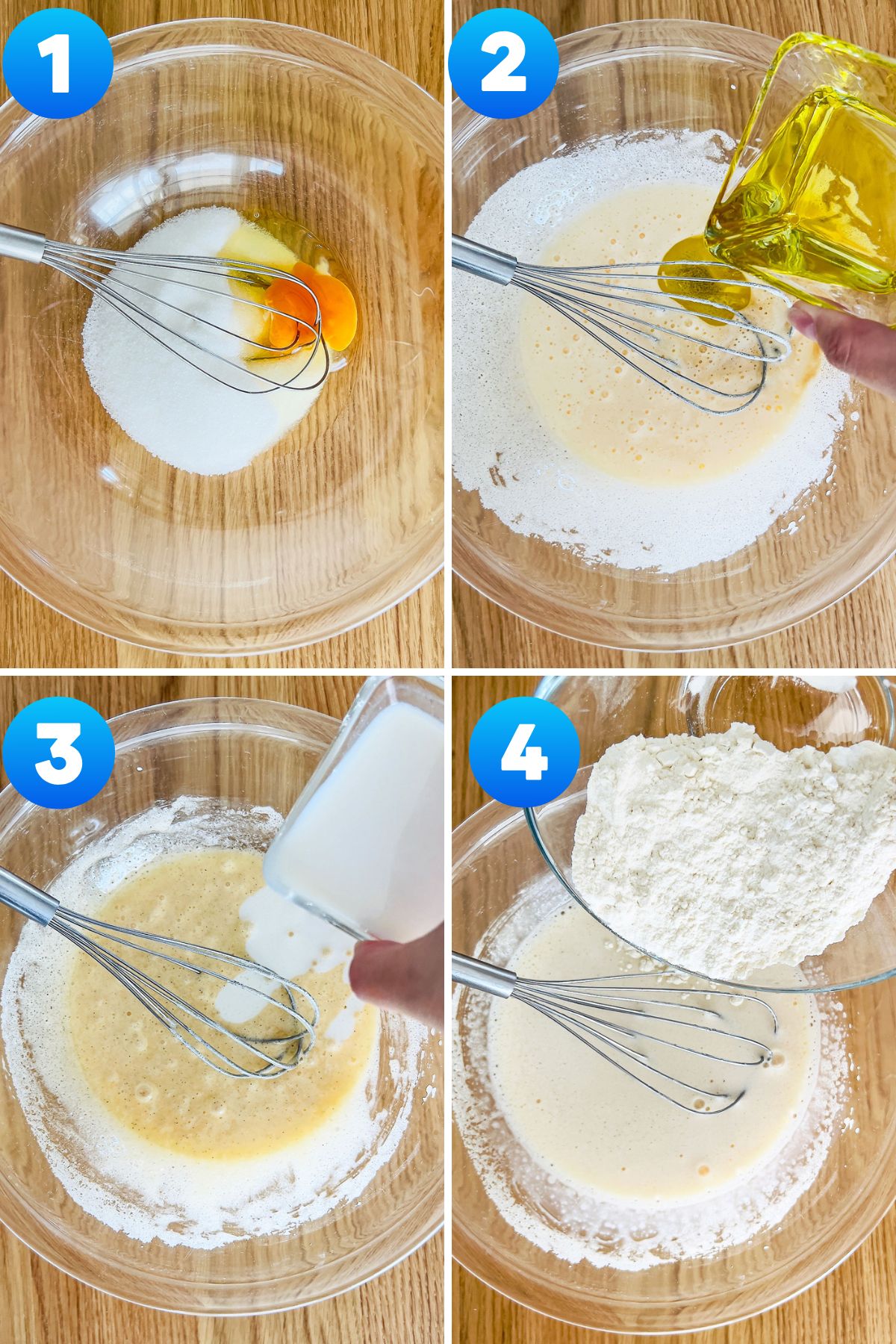
Step 2. Make the cheese filling:
In a medium bowl, mix cheese with sugar. Separately using the same hand mixer, beat the eggs, then add them to the cheese. Add salt, vanilla, lemon zest, and raisins and stir to combine.
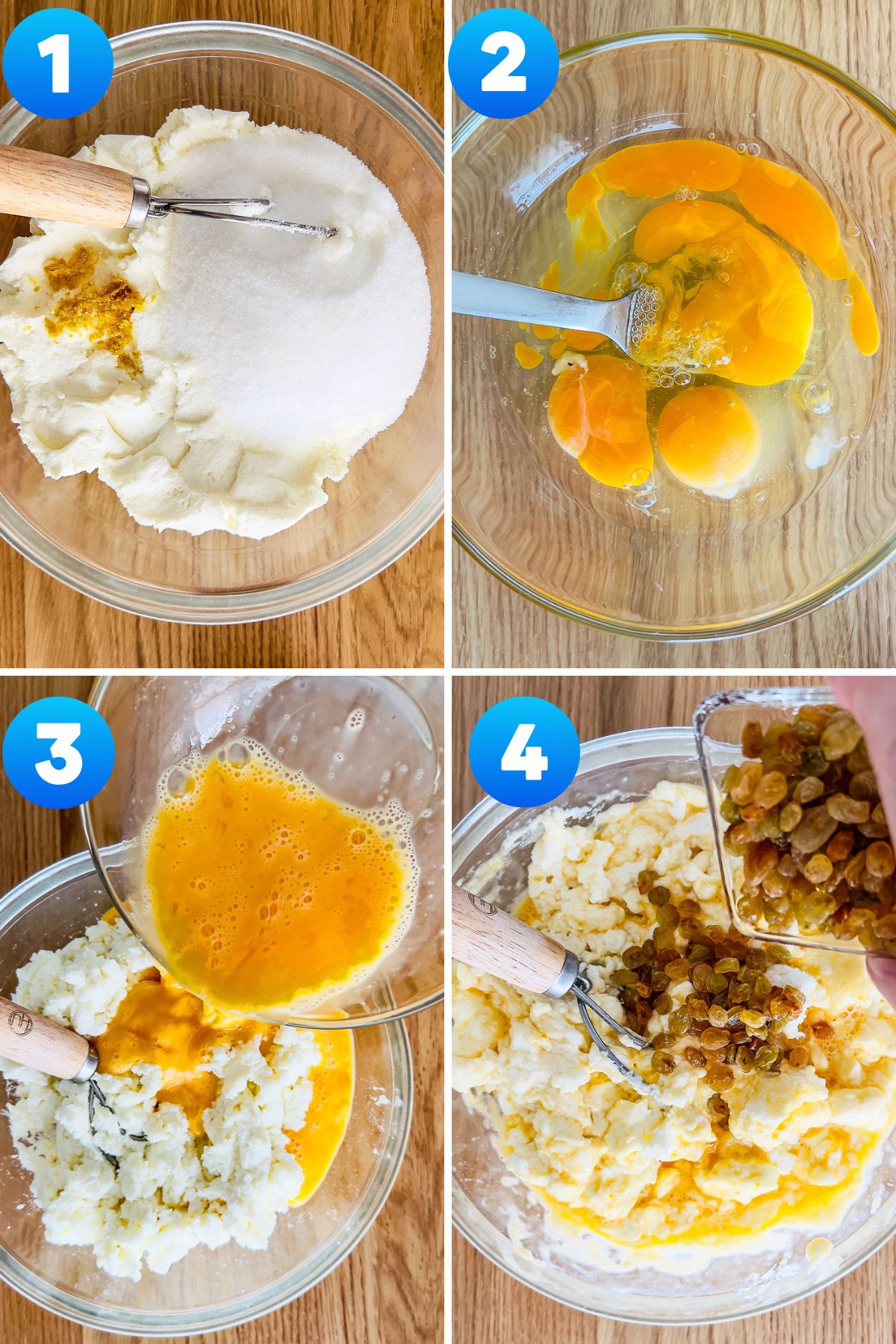
Pour the cheese filling in the middle of the batter, and place the pan in the oven to bake for 50 minutes. This recipe doesn't take more than 20 minutes to put together if you gather all the ingredients before.
Bake the dessert a day before so it has time to set and cool before serving. Keep it refrigerated if you have leftovers.
Expert Tips:
- Make sure your cheese is well-drained before using it in the filling. Excess moisture can make the dessert soggy and affect the texture of the filling.
- If you are using raisins in your filling, soak them in warm water for about 10-15 minutes before adding them to the cheese mixture. This will help them become plump and juicy. After that, toss them in a little bit of flour and add them to the mixture.
- For a creamier filling, you can use a combination of branza de vaci and cream cheese or even mascarpone cheese.
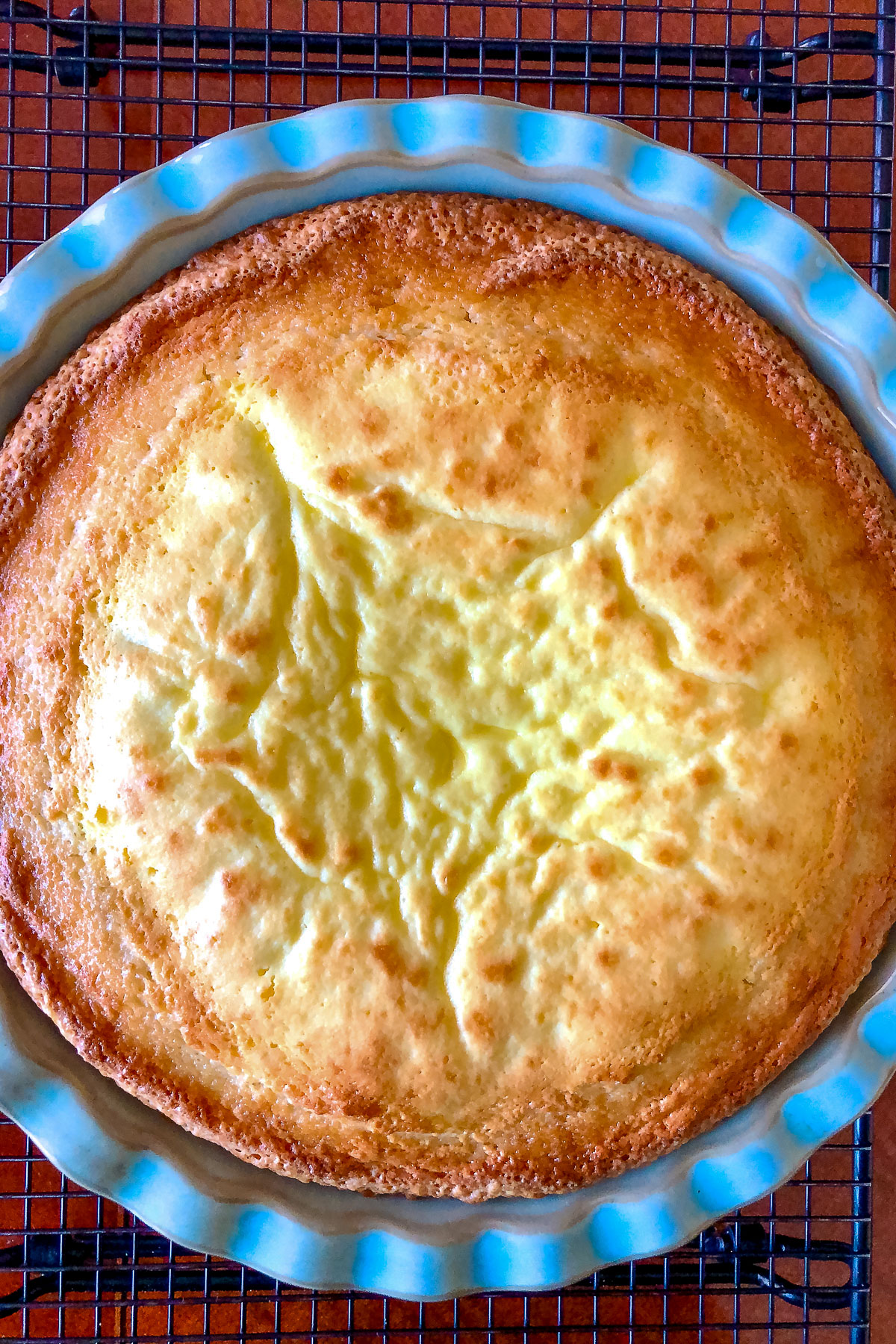
FAQs
The cheese traditionally used in Romanian Pasca is a fresh, crumbly cheese known as "branza de vaci" in Romanian. This type of cheese is similar to cottage cheese or ricotta cheese and is made from cow's milk.
“Branza de vaci” is a mild and slightly tangy cheese that works well in sweet dishes like Pasca. Some recipes may also call for a combination of branza de vaci and cream cheese to create a creamier filling.
However, if "branza de vaci" is not available, some recipes may substitute other types of fresh cheese, such as farmer's cheese, quark, or even ricotta cheese, as a replacement.
Once baked and cool, this Easter cheesecake can be stored in the refrigerator for up to 3 days in an airtight container.
Yes, you can freeze it for up to a month. Wrap it in plastic wrap or aluminum foil and place it in an airtight container or freezer bag. When you are ready to enjoy it, thaw it in the refrigerator overnight and then reheat it in the oven at 350°F for about 10-15 minutes or until warmed through.
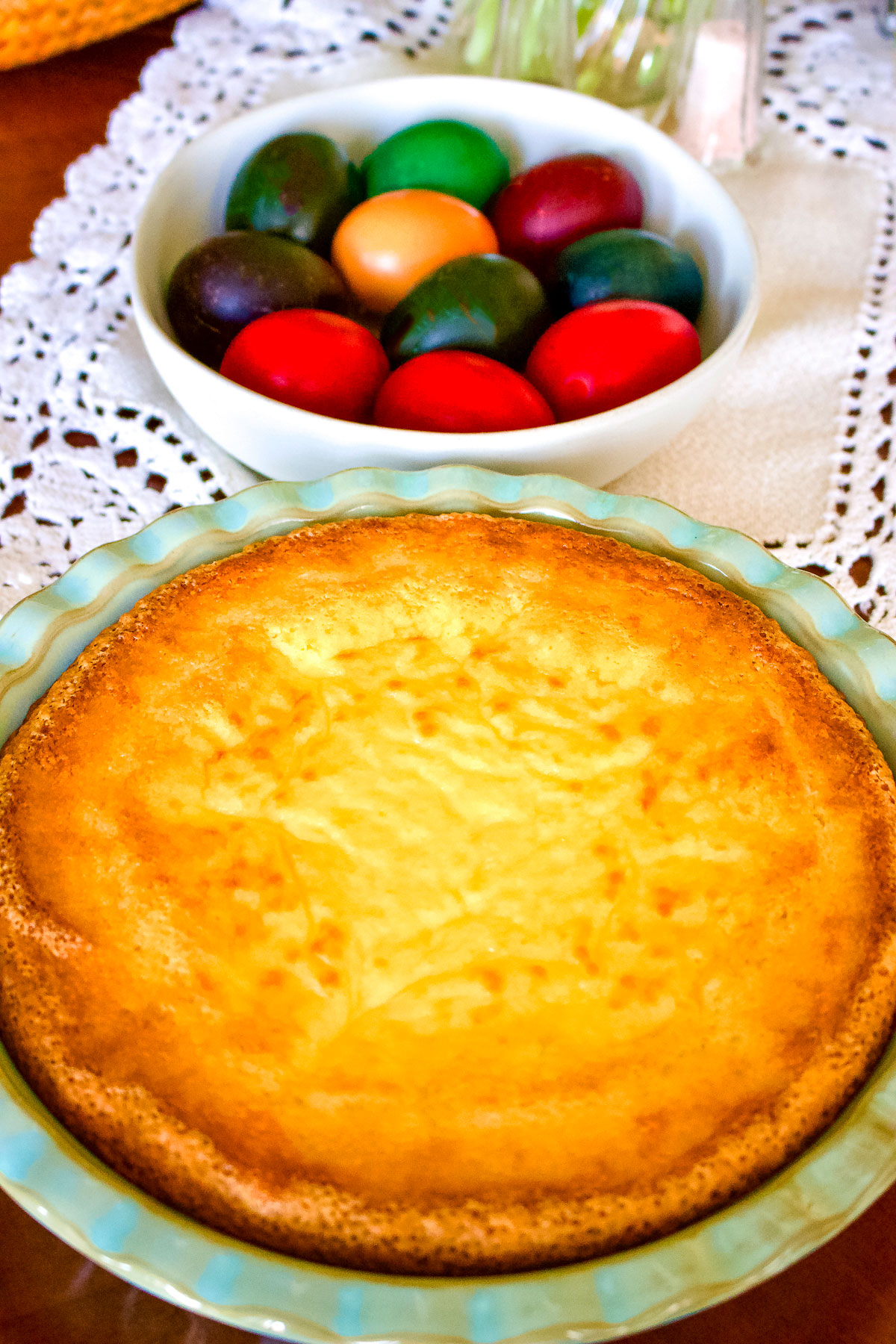
Overall, Pasca is a delicious and impressive Easter dessert that is sure to be a hit with your family and friends. Whether you opt for the traditional recipe or the simplified version, it is a wonderful way to celebrate the holiday and enjoy the flavors of Eastern Europe.
Happy baking!

More recipes to enjoy
- 43 Best Cheesecake Recipes
- Traditional Easter Recipes From Around The World
- Cheesecake Squares With Crunchy Pecans
- 24 Easter Sunday Traditional Romanian Recipes To Enjoy
Easter Recipes
📖 Recipe

Easy Romanian Traditional Easter Cheesecake
Equipment
Ingredients
Cake batter:
- 1 large egg
- 8 tablespoons granulated sugar
- 6 tablespoons vegetable oil I used sunflower oil
- 8 tablespoons milk
- 8 tablespoons all purpose flour
- 1 teaspoon vanilla extract
- 1 teaspoon baking powder
Cheese filling:
- 2 cups farmer's cheese (ricotta)
- 4 large eggs
- 7-8 tablespoons granulated sugar to your taste
- 1 teaspoon vanilla extract
- ¼ teaspoon salt
- ¼ cup raisins
- zest from 1 lemon
- Optional: 1 tablespoon powdered sugar for decoration
Instructions
- Preheat oven to 350F/180C.
Cake base:
- Beat the egg and sugar together until creamy. Add oil, milk, and vanilla extract. Mix well to incorporate.
- Add flour and baking powder and stir well.
- Place the batter in a tart pan and set aside.
Cheese filling:
- In a medium bowl, mix cheese with sugar. Separately beat the eggs, then add them to the cheese. Mix well. Add the salt, vanilla, lemon zest, and raisins. Stir to combine.
- Pour the cheese mixture over the batter in the middle of the pan.
- Bake for 45-50 minutes, or a toothpick inserted in the middle comes out clean.
- Allow it to cool completely before serving.
Notes
- Refrigeration: Once baked and cool, this Easter cheesecake can be stored in the refrigerator for up to 3 days in an airtight container.
- Freezer: you can freeze the cheesecake for up to a month. Wrap it in plastic wrap or aluminum foil and place it in an airtight container or freezer bag. When you are ready to enjoy, thaw it in the refrigerator overnight and then reheat it in the oven at 350°F for about 10-15 minutes or until warmed through.


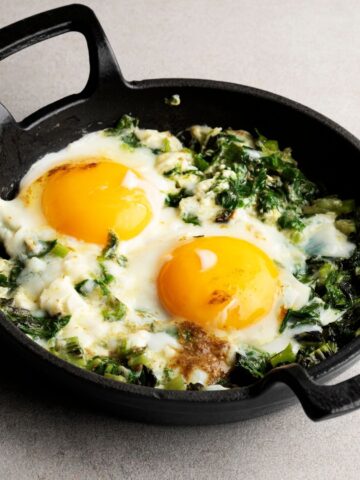

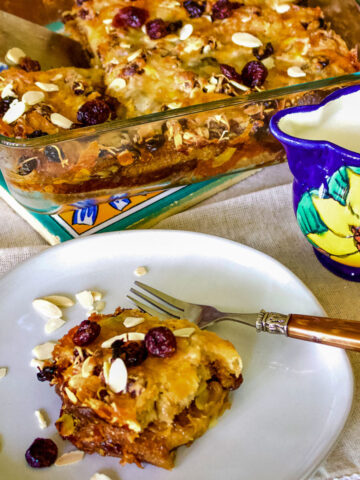

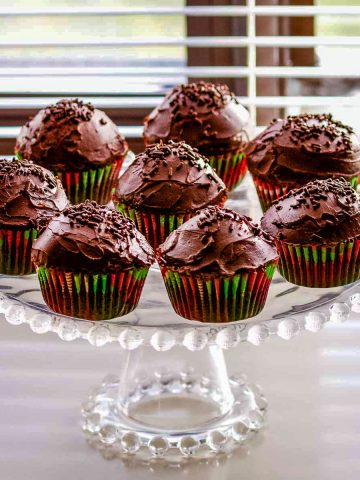


Cristina says
This is a much simpler version of the "pasca" but the result is as spectacular. I followed the instructions to the letter and was worried at one point that the batter is too thin and wobbly. But it hardened nicely in the oven. It came out very tasty, smooth texture and easy to make.
The Bossy Kitchen says
Thank you so much, Cristina! This is an awesome compliment!I am so happy you loved the recipe, it is indeed a good one! Thank you for visiting and for your kind note.
K G says
My new daughter in law is Romanian and I wanted to surprise her and try to make this for EASTER….can I make ahead a few days and freeze or is that not a good idea. Thanks 😊
Gabriela says
Please read the article, it gives you instructions on how to store the cheesecake. I also added the same instructions in the recipe card, under the notes.
K g says
Thank you , I clearly missed that in my reading. Much appreciated. 🇨🇦